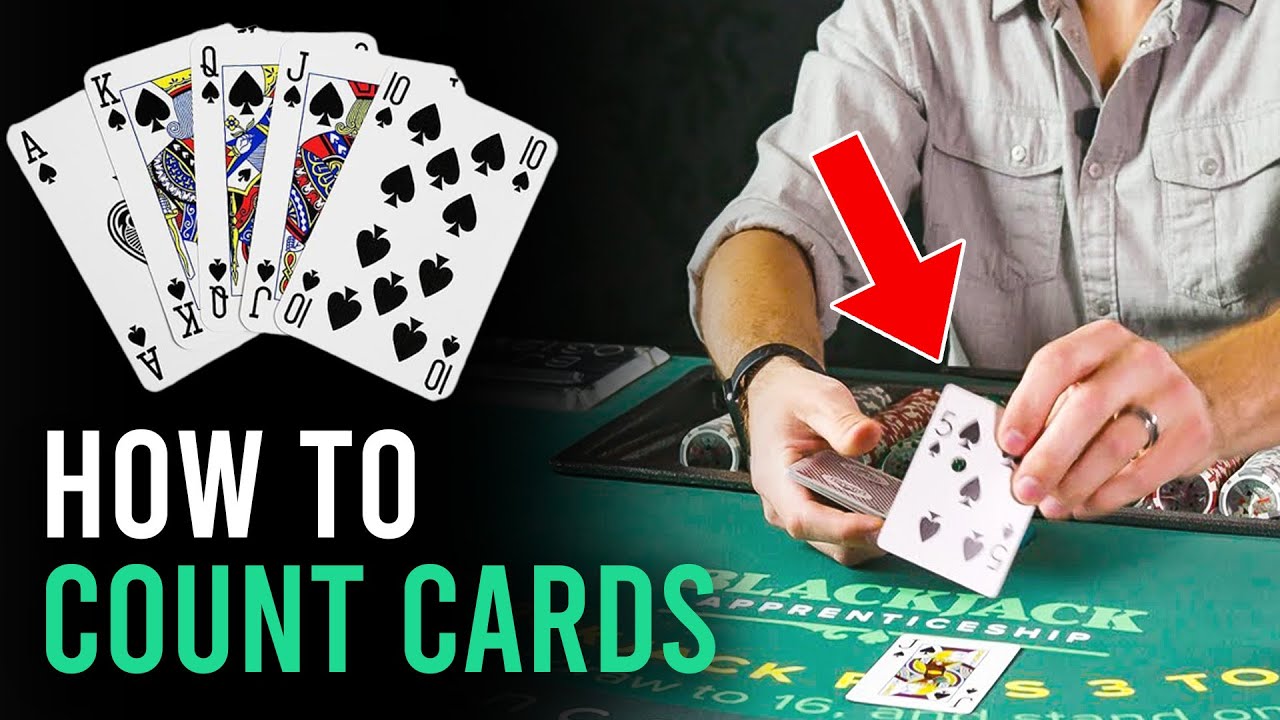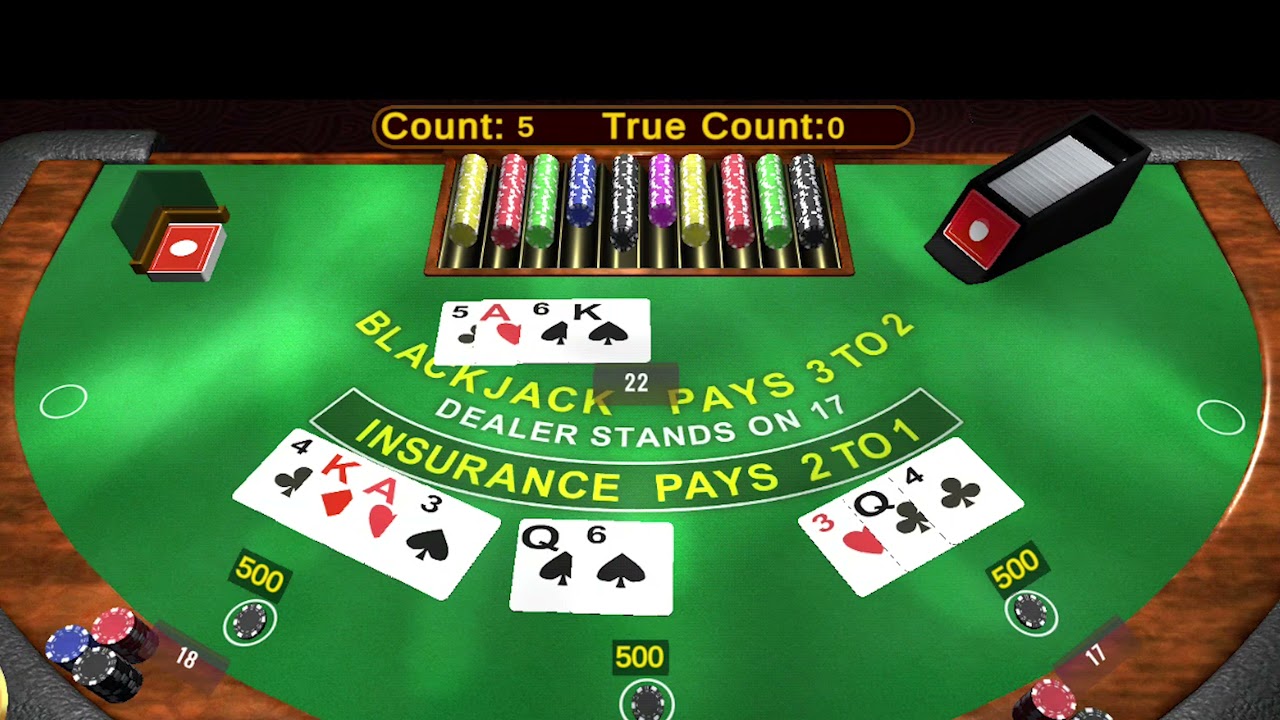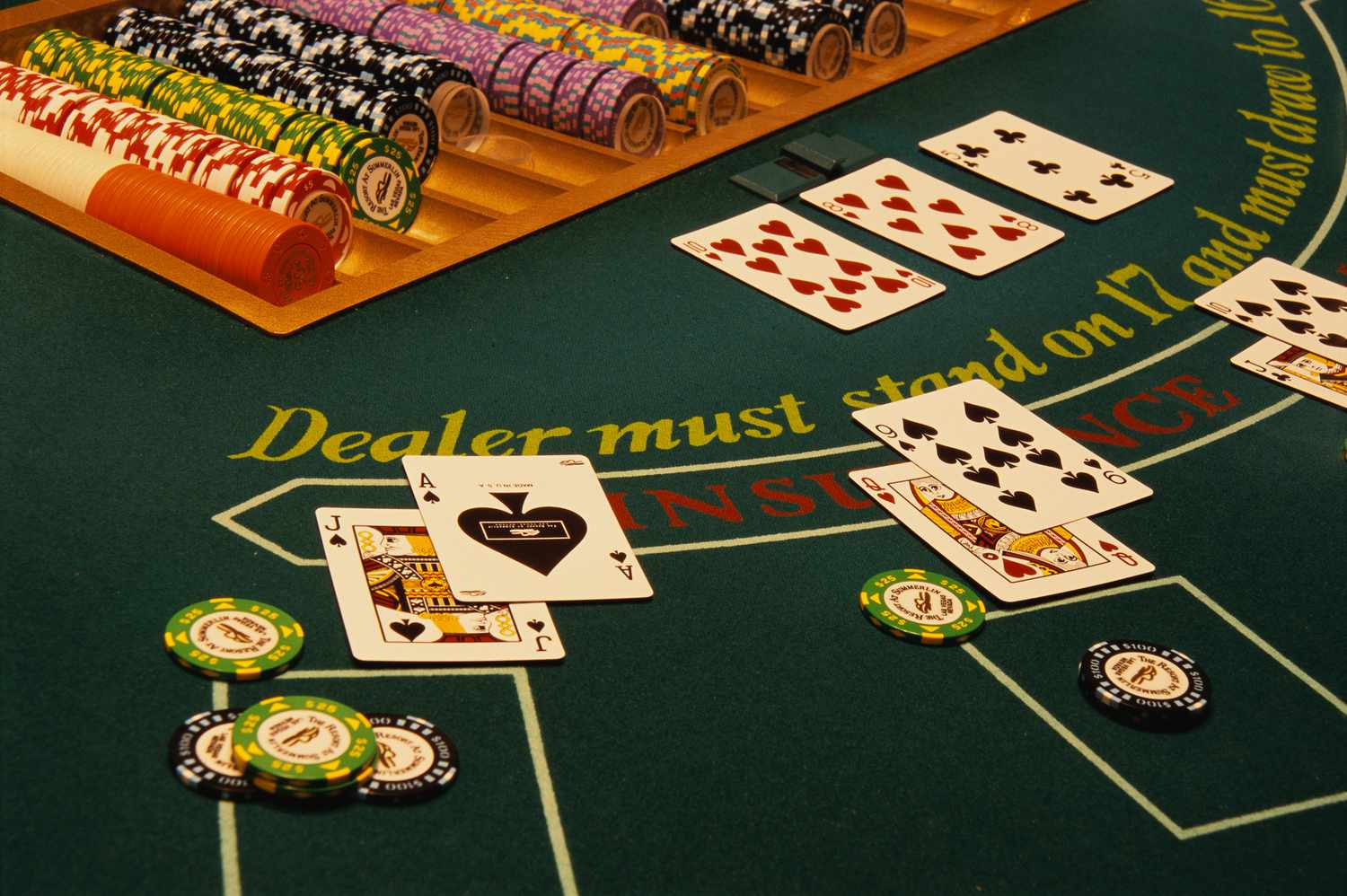There are many different rule variations and conditions that can affect how the game of Blackjack is played. In other words, not all blackjack games are created equal, in terms of the odds and favorability to the player. Here is an overview of some of the rules that will affect the odds of the game.
Doubling After Splitting (DAS): This simply means you can double down on a hand you just split. Some casinos will allow you to double after splitting and some don’t. Most casinos do allow this rule and it IS advantageous to the player.

Re-Splitting Aces (RSA): Some casinos allow the player to re-split their aces after they have already split a pair of aces, meaning if you just split a pair of aces and received another ace as the next card, you are allowed to split to a 3rd hand up to a total of 4 hands. The ace is the most powerful card for the player so it is a very advantageous rule for the player if the casino allows RSA. Typically speaking, even if the casino offers RSA, you are still only allowed to take one card on each ace. You can’t double after splitting an ace and you can’t take additional cards. This is because the casinos know the Ace is the most powerful card and they are trying to limit situations where the player has an advantage.

Early Surrender: This is a dead rule that hasn’t been in casinos in the United States since the 70s. It is the same as the usual “surrender” rule only you can surrender before the dealer checks for a blackjack or offers insurance. When it was still around it was highly favorable to the player, to the point where a perfect basic strategy player could have a small edge, without counting cards. It went extinct for that reason. Early surrender is also the reason why some perfectionists will call the common surrender rule by its proper name, “late surrender” to distinguish it from its counterpart.
6 to 5 Blackjacks: Some casinos that offer blackjack will reduce the 3 to 2 payout for Blackjacks down to only 6 to 5. This increases the house edge and takes more money out of people’s pockets. It also makes card counting basically useless. Even casinos that have this rule may not have it at every table. Be sure to read the rules on the felt before you sit down.
CSM Blackjack: Some casinos use Continuous Shuffling Machines on their blackjack tables. This is a machine that continually shuffles the cards as they are being played. Instead of putting the cards in the discard tray until the end of the shoe, the dealer will continually feed the machine all the used cards and there is never an end to the shoe. This also makes card counting impossible and worsens the odds for a basic strategy player.
Single Deck versus Multi-deck: All else being equal, the house edge on Blackjack gets higher for every deck you add to the game. As a rule of thumb, a 6 deck game will have a higher house edge than a 2 deck game if all other conditions are equal. The problem is, all the other conditions are rarely equal. Often times a single deck game will not allow doubling after splitting or re-splitting aces and will have 6 to 5 blackjacks, whereas an 8 deck game in the same casino might allow DAS, RSA, and have 3:2 Blackjacks and end up with a lower house edge. There are many trade-offs when it comes to the rules and number of decks.
Deck/Shoe Penetration (PEN): This refers to the percentage of the cards that are actually dealt out over the course of a shoe. Usually the there is a cut card inserted in the shoe toward the back of the cards to be dealt. When the cut card is dealt out in the course of the game, it signals to the dealer that the shoe is running out of cards and the dealer will shuffle the cards and start a new shoe. While a quarter deck of cards is plenty sufficient to finish a round of Blackjack, most casinos will cut off much more than that (several decks) to limit the profitability of the game for a card counter. For a card counter, the depth of penetration can make or break a blackjack game.




